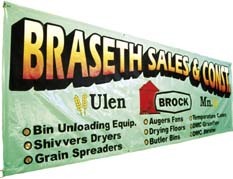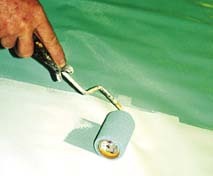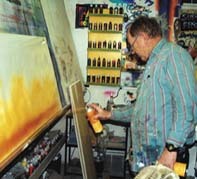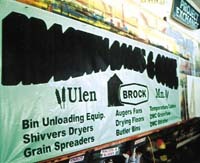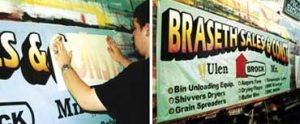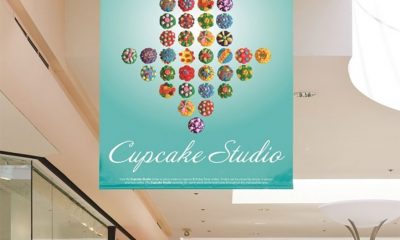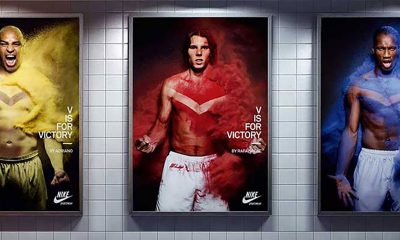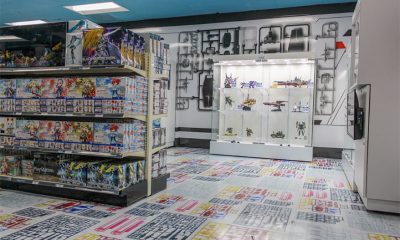I love TV ads that show a person who has lost 100 lbs. on a diet using some "miracle" product. The "before" photo always shows the person with a messy hairdo and slumping posture, while the post-diet picture shows a lighter person with a new hairdo, makeup and trendy clothes.
I recently completed a similar transformation in my shop. A customer from Braseth Sales and Construction (Ulen, MN) wanted to know if I could make repairs to a banner. I took one look, and my answer was an emphatic "No." The banner was folded over — the way customers usually store them — and the vinyl tunneling was so bad that I could’ve driven my Matchbox cars through them. I would’ve needed to remove the letters, match them and remove the old adhesive. I wasn’t about to undertake that job.
I convinced my client that fabricating a new banner from scratch would cost as much as redoing the old one. The customer told me that he’d paid $150 for the old 3 x 10-ft. banner, and I responded that I could make him a much better sign for $200.
While this might seem like I’m hurting my profits, I’m still making money at this price, and I’m giving my work exposure, likely leading to future jobs. Besides, the old banner was awful, and I was happy to put it out of its misery.
Pygmalion, banner style
I began the job with a 3 x 10-ft. ERC banner. Mixing Deka water-based paints, I created a light-green, "mint julep" color. Using a 3-in., gray, foam roller, I applied the paint to the blank surface. After completing this task, I set a fan in front of the fabric to speed the drying process. With the fan, the banner dried in 30 minutes.
Next, I cut the lettering out of Macsoft 900 banner vinyl and airbrushed the white lettering using aerosol Frog Juice Color to create a sunset color blend. Then, we cut black outlines and silhouettes to accentuate the lettering, before weeding and masking all copy.
We applied the black vinyl backgrounds before the amber letters. These served as a guide for the airbrushed letters and the red, grain-bin graphic. To accentuate the secondary copy, and because the client is a grain-equipment company, we applied grain stalks. Using holographic films, we also bulleted the bottom three lines that listed Braseth’s available products.
Comparing the two banners, it’s apparent that, while the message is essentially the same as the old banner, the way it’s delivered is a radical improvement. The old banner used the same font and color for its name, location and the title of the grain system. The company’s identity and products were not really addressed by that design.
Plus, I’ve learned from years of experience that a business owner likes seeing his name in bold type. The name of the grain systems might change — in this example, from Butler to Brock — but the client’s name will remain the same. Because the name and type of products a company sells is secondary information, I felt that this new design emphasizes Braseth’s name. Plus, the new banner creates a stronger, more eye-catching contrast, and the list of available products is easier to read.
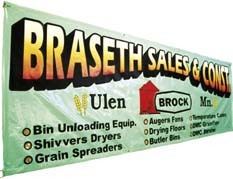

 Tip Sheet4 days ago
Tip Sheet4 days ago
 Business Management2 weeks ago
Business Management2 weeks ago
 Women in Signs2 weeks ago
Women in Signs2 weeks ago
 Real Deal5 days ago
Real Deal5 days ago
 Benchmarks1 day ago
Benchmarks1 day ago
 Editor's Note1 week ago
Editor's Note1 week ago
 Line Time2 weeks ago
Line Time2 weeks ago
 Product Buying + Technology1 week ago
Product Buying + Technology1 week ago
